“If you're lucky you might see dolphins.”
It is a sentence that I red on this site, which had a magical tone for me. I even dreamed once about me going out to the balcony and seeing dolphins that are laughing at me and waiting for me to come and play with them, then I am very happy and I am inviting children quickly to come and see, but here the dream ends. After such a dream, only the good start of the day may occur. We did not look long enough; we were not in the right place at the right time; we did not have a “good sea” … All this made me think.
According to one myth when Poseidon saw a beautiful Amphitrite, daughter of Nereus, he wanted to marry her. On the other hand, she wanted to save her virginity and she flew near Atlas. Poseidon sent many messengers to convince her to change her mind, including a dolphin who finally managed to convince her and he brought her to Poseidon to marry her, so the wedding was held. As a sign of gratitude, Poseidon set the dolphin shape among the constellations. The Latin author Hyginus in his work “De astronomia”, a collection of myths associated with constellations, quoted the Greek mathematician and astronomer Eratosthenes who provided this myth as an explanation of why the dolphin was found among the stars. (Press & Communication Office of the Embassy of Greece in Beijing, n.d.) Although hundreds of years away from the myth of the constellation Delphinus, new knowledge is still actual, more precisely, on August 14, 2013 the astronomer amateur Koichi Itagaki from Japan noticed a new star in the constellation. (Joe Rao, August 15, 2013) The ancient Greeks welcomed dolphins as a sign of good predictions. The gods worshiped them and had them in their company, so neither I can not resist the beauty, the cheerful spirit and elegance of these beings, and there are countless published texts about their extraordinary intelligence, friendly contact with people, even rescuing people from shipwrecks and sharks as well as helping them with fishing. It is not a myth that dolphins are residents of the Thrace Sea, waters that surrounding Thasos, but now it is more difficult to see them because the number of their population has decreased due to pollution that affects them or the source of food used by dolphins (in some parts of the world, even for hunting dolphins). 60% of mammals, where belong and dolphins, listed in the Protocol relating to specially protected areas and biological diversity, have an endangered position under the pressure of pollution. Interesting is the fact that the Mediterranean Sea, to whom also belongs Thracian Sea, although it represents only 0.8% of the surface of the ocean, is one of the 25 global hot-spots of biodiversity and it is home to 7-8% of the famous marine species. According to the International Union for Conservation of Nature (IUCN), red lists show that 19% of the known Mediterranean species are endangered and 1% is already extinct at the regional level. (Press & Communication Office of the Embassy of Greece in Beijing, etc.).
According to a study by the biology research unit at the University of Malta’s Biology Department, that conducted a study to investigate the interaction between coastal fishermen and various species from the Cetacea clade that are living in the Kavala Bay in Greece, the following dolphin species were found: Bottle-nose Dolphin, Common Dolphin, Striped Dolphin and Risso’s Dolphin. (Marine-life-holidays.com, etc.) The Bottle-nose dolphin is the most famous and most popular of all kinds thanks to their face that seems to be always laughing. It is a large dolphin with a body size of 3-4.5m, and according to the studies, this varies from their location, in the warmer seas the size will be closer to the upper limit and inversely. They have skin that is smooth and when you touch them it is like you are touching rubber. By color they are medium to dark gray with a brighter shade of gray on their hips. The belly can be pink or white. These defines are known for breaking high in the air. It can be up to 4.8m. They are known for their intelligence that makes them easy to train. This type of dolphin is very social and can live in very big groups that have their own subgroups with large number of members to establish a hierarchy. They migrate for various reasons including water temperature and finding enough food for their survival. Fish is a common source of food for them as well as squid. They can eat from 4kg to 15kg of fish every day, and they do not chew with their teeth, teeth just serve them to keep prey. The age of mating depends on the location of the dolphin, and for a female can be 5-13 years, and for males from 9-14 years old. After mating, it takes a year to get a baby dolphin that will drink breast milk until the age of 18-20 months, and the mother will take care of the baby dolphin for several years. Females usually have new progeny every 3-6 years. An average life expectancy for males is 40-45 years, and for females 50 years in the wild. Two species belong to the Common Delphine category. Long-beak common dolphin lives in warmer waters, range from 182cm to over 2.5m. They have a very light color and often have a V-shaped pattern in the form of a letter V under the back feather on both sides of the body. It’s dark yellow or yellow. These dolphins do not migrate as other species so much, they will go around in search of food, or if the water is unusually cold, but will return to their area of residence as soon as possible. Like the previously described category, this dolphin species is very sociable and can live in very big groups that again have subgroups in order to establish a hierarchy, which can be based on age or some other factor. They are very active and it seems that they are moving through the water without any effort, often provoking each other in the game and performing a salto, jumping into the air, riding in the harbor … Touch and echoes make a big part in interacting with each other and it seems that they are advancing in these relationships. Vocalization includes whistling, whining and clicking. They are very picky when the food is in question, and they eat fish that is not their favorite food only in the extreme cases, and they also eat squid and other cephalopods. What they consume should be enough small to swallow, because though have 57 pairs of teeth on both jaws, in nutrition they behave like the previously described species. Nutrition is usually done at night while resting during the day. Females may be able to mate from 2 to 7 years of age. For males, this range varies from 3-12 years of age. It is believed that the fact how long they are plays a greater role in that when they are ready to mating than how old are they. They usually mate when they reach a length of about 190cm and in the period from June to September, and in order to get the calf it takes 10-11 months. The calf`s size is from 76cm to about 91cm. Baby dolphin will drink mother’s milk for several months. Females can give birth to offspring every 1-3 years. The average life expectancy in the wild is 35 years.
Striped dolphins, as the name suggests, have striped patterns on themselves, they are blue with white strips on the hips and on the back. The strips can also be gray or beige colored. On the sides they are darker colored than below. The color also depends on the habitat so that they can fit well with the environment, and the streaks become more visible with the age of the dolphin. They can grow up to about 2,7m. This dolphin species is the only species that rotates with the tail, which occurs when they jump high from the water and then in the air rapidly rotate with the tail. Jumps can go up to 6m in height. This is a dolphin species that will rarely hit the ship. This species is very active and performs a series of maneuvers, and it relies a lot on on vocalization, much more than other types, especially whistling and clicking. They also live in larger groups than other dolphins. They are divided into groups according to the age from the infant, through the minor, etc. The complexity of such an organization is the reason why they take part in communication more than other types. They will accept the various possibilities that environment offers them for their nutrition, they eat bone fish, crustaceans and cephalopods, and the type of food varies from the region in which they reside. They tend to seek food on steep continental slopes and dive up to 700m depths in search of food. Females are ready for mating at the age of 5-13 years, and males from 7-15 years old. Similar like the previous species, length plays a big role when is about when are they ready for mating, and usually it is when they reach a length of about 213cm. They bring youngs into the world in the summer and this happens about 12-13 months after mating. Dolphin babies may be about 91cm long at birth. Females will usually give offspring every 3-4 years. The average life expectancy is 50-58 years.
Risso’s dolphin is very different in appearance from many other dolphin species and males and females are almost identical in size, which is different from others where males are larger. The square shape of the head is a sure sign that it exactly this dolphin species. They can be long from about 2.5m to almost 4m. By birth they are gray or brown with white parts, they can have yellow color around the snout and white around the fins. As they grown up they gain silver color and finally become dark black. They can keep white parts down to maturity, but however in that age they will become brighter on the hips, on the abdomen and around the head. They tend to spend time in depths so you rarely can see them near the coast. Although these dolphins tend to stay away from ships, they are known for surfing on waves. And they are very social and build strong relationships among themselves. They are also known for interaction with other dolphin species. Although they eat fish, squid is their basic food and they will eat only at night, because at night squids are moving towards the surface of the water. They are also seen how consume cephalopods and crustaceans. 77% of their time they spend traveling, but only 5% of that spend eating. They can dive to the 300m depth and spend half an hour in water before they surface. There are whole groups of females, so males come to mating attracted to the opposite sex. Hybrids with a Bottle-nose dolphin are also documented either in the wild or not. Females are 8-10 years of age when they mate, males are 10-12 years old, and the young will see the world 10-12 months after mating. The season of mating depends on region where dolphins reside. Calf will stay with mother in the group for a year or two before starts its own reproduction. (dolphins-world.com, etc.) Based on a program called “Dolphin’s Path”, initiated by Hellenic Offshore Racing Club (HORC) in 2009, and based on observations and notes of the main characteristics and behavior of dolphins found in the Greek seas, in most cases dolphins appeared in groups of 2-5, 5-10 and 10-20, and only in 5 cases the observed dolphin was alone. The weather condition was one of the factors that had a major impact on the dolphin appearance, considering that in 30 recorded cases, the weather was mild (wind 0-1 Beaufort scale) and slightly turbulent sea (2-3 Beaufort scale). (wind, September 15th 2009)
When I was little, somewhere in the Adriatic Sea, I do not even remember anymore, I watched a dolphin show in a fenced area. I’d rather like to watch their acrobatics let’s say from some yacht, for example. Perhaps you can boast with some kind of that or similar experience with dolphins. I would definitely like to see everything.
Our site nikana.gr is the leading source of information about Greece in Serbia and beyond.
Follow us on our social media and stay up to date with everything you are interested in about Greece!
Facebook:Nikana.gr
Instagram: @nikana.gr
Tiktok: nikana.gr
Facebook group: Live from Greece
YouTube kanal @NikanaTravel
Write to us at e-mail: nikana@nikana.gr
The most comprehensive offer of accommodation in Greece find HERE.

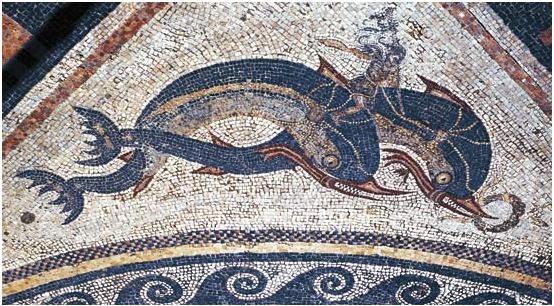

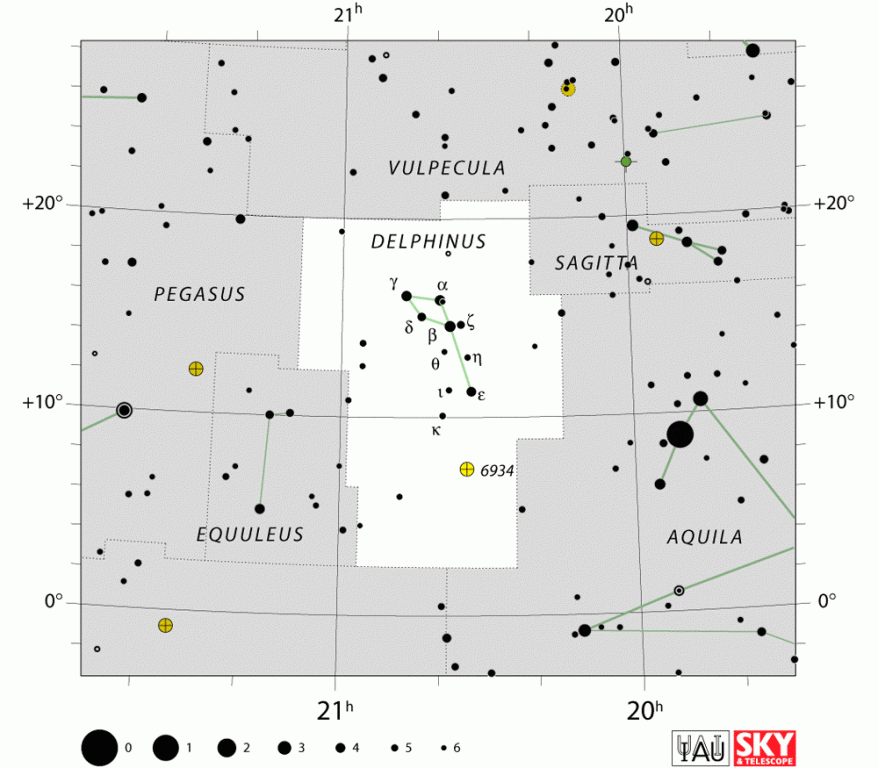
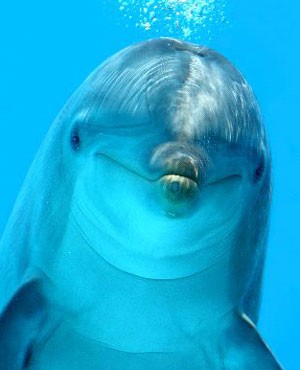
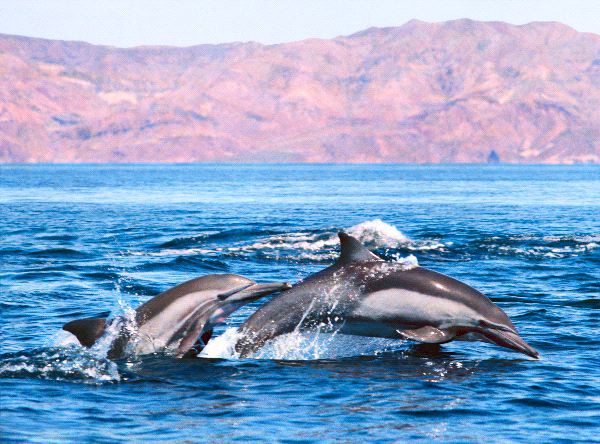

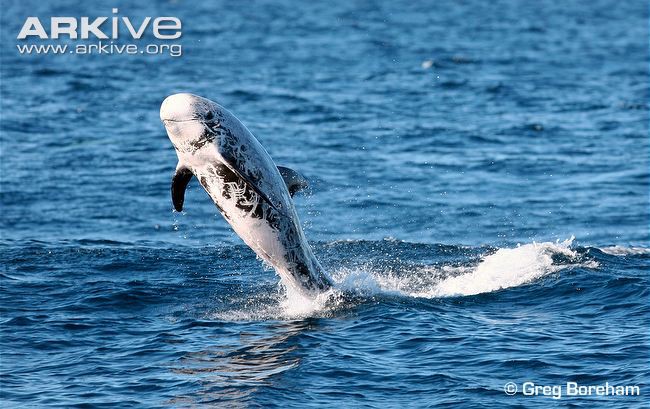











Post a Comment
NOTE
All your questions in the comments will receive an answer via email so check your inbox shortly after you posted comment. For more detailed questions and responses, contact us via mail nikana@nikana.gr.